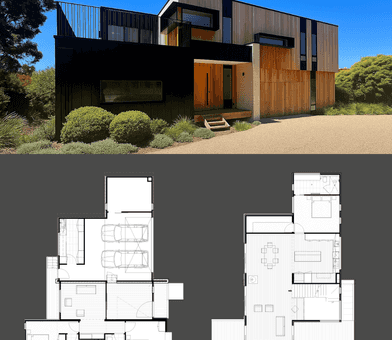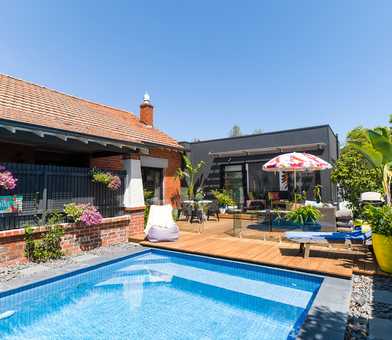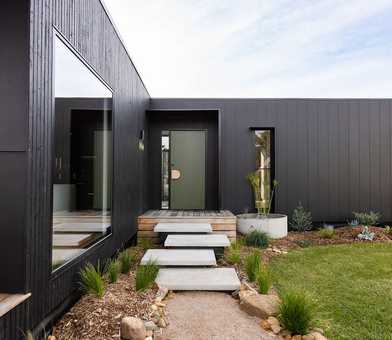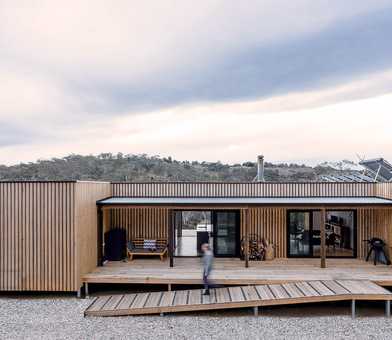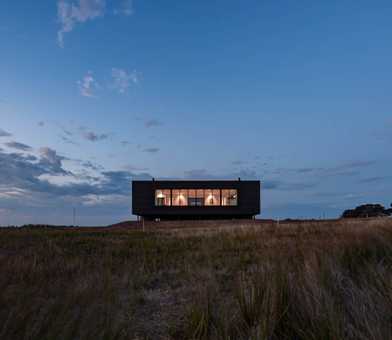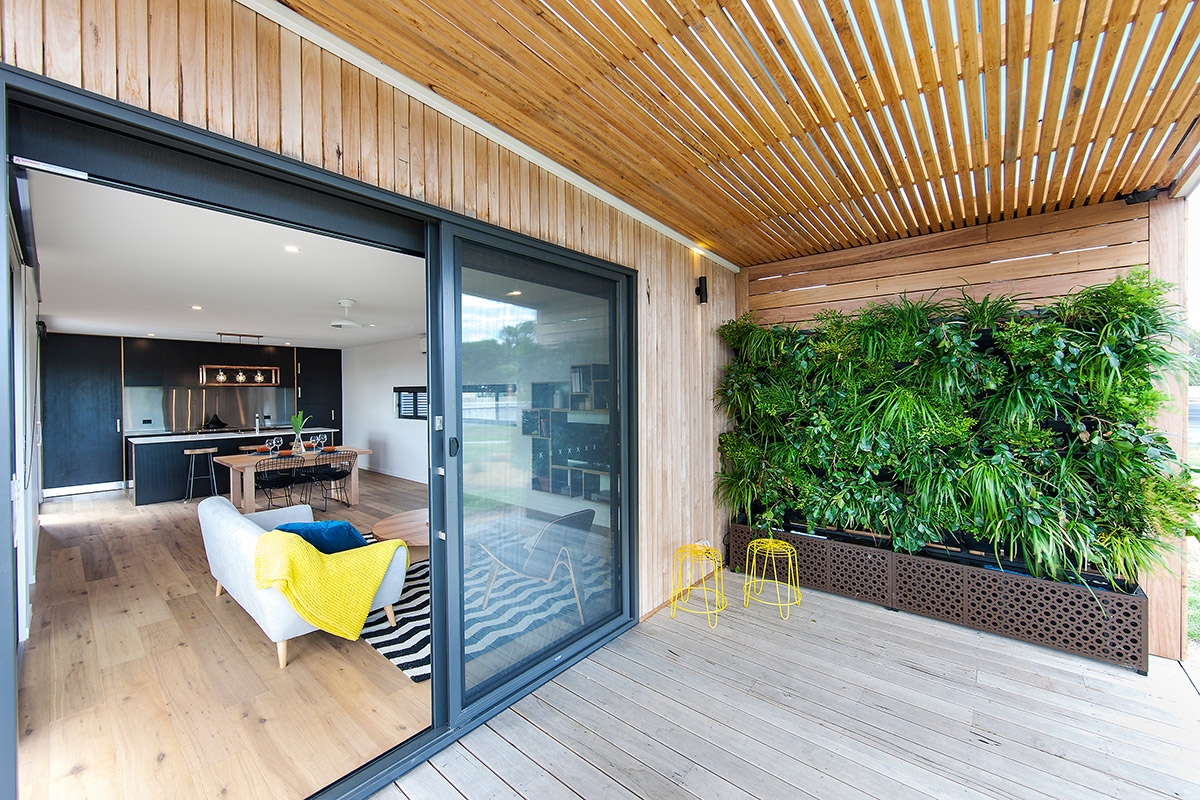
Featured at RENOADDICT.
We often hear about renovating for profit, but how about renovating for sustainability? You may have chosen a block which doesn’t face north or have constructed your home out of brick, but that doesn’t mean there are no options for sustainable home renovations.
Housing efficiency is one of the biggest impacts we can have on the environment and a more efficient home is often kinder on your household bills. Below are my top tips for renovating sustainably, to reduce your carbon footprint and your bills.
1. It’s all about energy efficiency
One of the first things to look at when wanting to make your home more sustainable and enhance your home's energy-efficient features is to look at your current insulation. Insulation is one of the best ways to be more energy efficient and save on cooling and heating costs and a properly insulated home could save you 50% on your energy bills.
The Australian Government has produced a useful guide about insulating your home based on your home design and climate. Also, look at taking advantage of this sunburnt country and all that free solar energy by installing solar panels and a solar hot water system. You can take this further by buying appliances with the maximum energy star rating.
2. Replace your windows for a more sustainable home
Consider replacing your windows with double-glazed ones with a high WERS (Window Energy Rating Scheme), this means you minimise heat loss from your home.
The WERS scale ranges from zero to ten stars, at Ecoliv we utilise five-star WERS glass because not only is the ten-star WERS glass incredibly expensive but it is also only appropriate for high temperature industrial settings. In other words, totally inappropriate for a residential building! By choosing the five-star rating this will give you the optimal balance of cost, thermal performance and energy efficiency during your sustainable renovations.
3. Be smart with water
Installing a rainwater tank will reduce your reliance on the mains water and coupled with a high WELS (Water Efficiency Labelling and Standards) rated plumbing fittings will further reduce your water consumption. You can connect your water tank to your laundry, toilet and dishwasher.
When landscaping consider indigenous water saving or drought resistant plants, so that when an inevitable dry summer hits, you won’t have to worry about the lack of water to sustain them.
4. Re-paint with eco-friendly paints
If you’re looking to repaint a room or your entire house make sure the walls are kept free from any nasties by using low VOC (Volatile Organic Compound) paints. VOC paints are not only harmful to the environment, but to humans as well. Chemicals found in VOC paints such as Formaldehyde and Benzene, emit vapours that are harmful if inhaled. Paint with less than 250 grams of VOCs per litre are considered low VOC paints.
By renovating for the environment and committing to sustainable living you can create a more comfortable home while also reducing your environmental impact. Even if you are only able to implement a few of these strategies, every small change makes a difference.
— Ashley Beaumont is the director of Ecoliv and is passionate about sustainability in the construction industry. Using passive solar design principles our eco prefab homes achieve an eight-star energy rating and have won numerous industry awards with the BDAV, NBDA and HIA.
